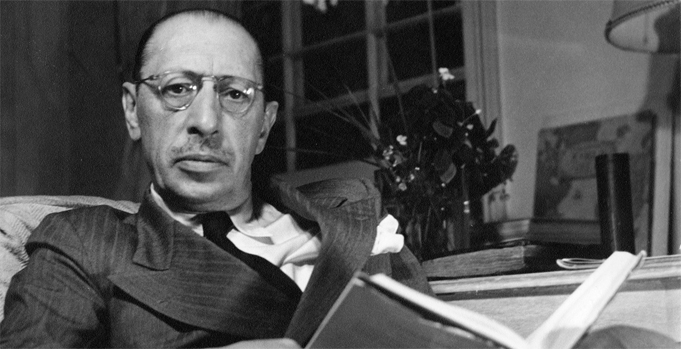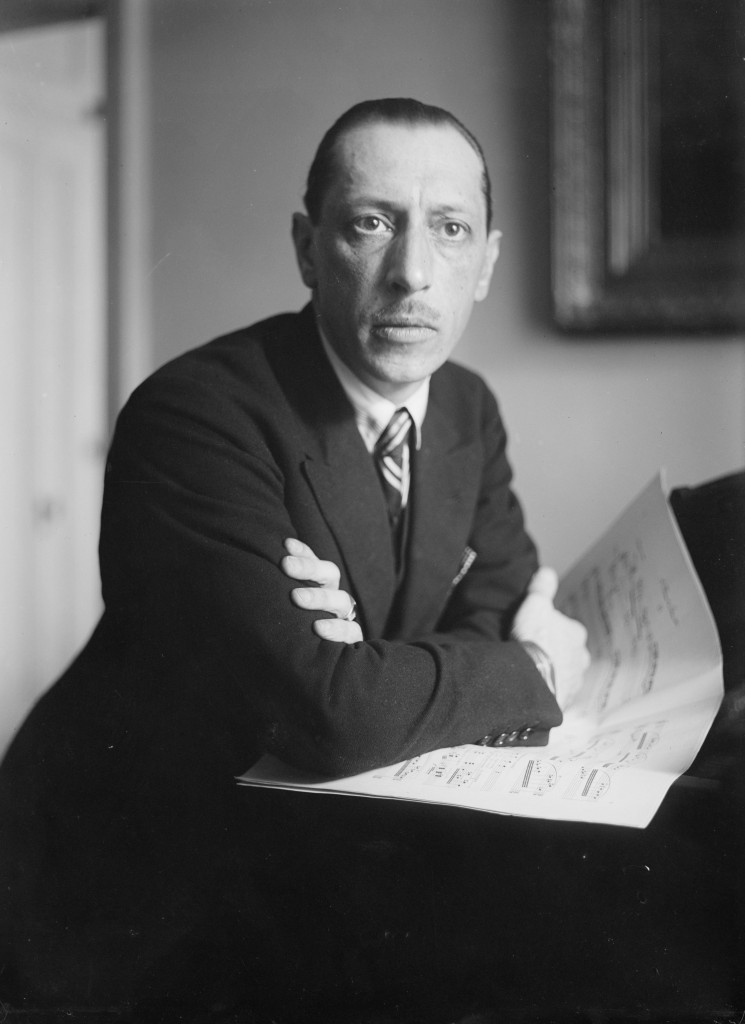Igor Stravinsky, the legendary Russian composer, conductor, and pianist, was one of the most influential figures in 20th-century classical music. His innovative compositions, often marked by complex rhythms and daring harmonies, revolutionized the way we perceive music. In this blog, we delve into the genius of Stravinsky and explore seven of his best songs that have left an indelible mark on the world of music.
- The Rite of Spring: No exploration of Stravinsky’s work would be complete without mentioning “The Rite of Spring.” This groundbreaking ballet score, composed in 1913, caused a scandalous uproar during its premiere. With its primal energy, unconventional melodies, and intricate rhythmic patterns, this composition pushed the boundaries of music, forever changing the course of classical music history.
- The Firebird: “The Firebird” ballet suite, composed in 1910, showcases Stravinsky’s exceptional talent for storytelling through music. With its rich orchestration, vivid melodies, and evocative harmonies, this composition takes listeners on a magical journey through Russian folklore. From the delicate, enchanting melodies to the triumphant finale, “The Firebird” remains one of Stravinsky’s most beloved works.
- Petrushka: “Petrushka” is a ballet that premiered in 1911 and quickly became one of Stravinsky’s signature works. This vibrant composition tells the tale of three puppets brought to life at a traditional Russian fair. The music captures the whimsical spirit of the characters, incorporating playful melodies, colorful orchestration, and lively dance rhythms, making it a true masterpiece.
- Symphony of Psalms: Stravinsky’s “Symphony of Psalms” is a choral composition like no other. Written in 1930, it combines elements of both sacred and secular music, weaving together text from Psalms 38, 39, and 150. With its unique blend of Gregorian chant-inspired melodies, haunting harmonies, and awe-inspiring orchestration, this symphony represents a profound spiritual journey that resonates with listeners to this day.
- The Soldier’s Tale: “The Soldier’s Tale,” composed in 1918, is a theatrical work that fuses music and spoken word. This captivating piece tells the story of a soldier who trades his violin to the devil in exchange for wealth and power. With its witty and poignant music, ranging from jaunty marches to melancholic laments, Stravinsky showcases his mastery in creating a captivating narrative through his compositions.
- Symphony in Three Movements: Written during World War II, the “Symphony in Three Movements” reflects the turbulence and uncertainty of the time. This composition combines Stravinsky’s signature rhythmic vitality with a sense of urgency and unease. From the driving, propulsive rhythms of the first movement to the hauntingly beautiful adagio, this symphony is a testament to Stravinsky’s ability to capture the zeitgeist of his era.
- Le Sacre du Printemps: Closing our list is another groundbreaking masterpiece by Stravinsky—”Le Sacre du Printemps” or “The Rite of Spring.” This monumental ballet score, composed in 1913, depicts ancient pagan rituals and the celebration of the arrival of spring. With its visceral energy, raw power, and revolutionary use of orchestration, this composition remains an enduring symbol of Stravinsky’s avant-garde approach to music.
Conclusion:
Igor Stravinsky’s musical legacy continues to inspire and challenge generations of musicians and music enthusiasts. His compositions pushed the boundaries of what was considered acceptable in classical music, paving the way for new artistic directions. From the primal energy of “The Rite of Spring” to the enchanting melodies of “The Firebird,” these seven songs provide a glimpse into the genius of Stravinsky and the profound impact he had on the world of music. Exploring his works is a journey that unveils the beauty and complexity of his unique musical language.


Comments are closed